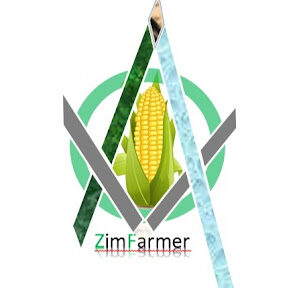
Animals in intensive breeding systems are more prone to Pneumonia. The following bacteria play a role in Pneumonia: Mannheimia haemolytica, Bibersteiniatrehalosi and Pasteurella multocida. They are considered normal residents in the tonsils and throat of healthyanimals.. However, under stress, the immune system becomes suppressed and these bacteria can multiply. They invade the lungs and from there can either set up a pneumonia (linginfection) or septicaemia (blood poisoning). These bacteria can cause disease either alone or in combination with each other.
What is the importance of each of these three Pneumonia bacteria?

Pneumonia Clinical signs seen in animals
Fever (rectal temperature > 400C)
Depressed & lethargic.
Coughing.
Abnormal breathing – fast and laboured.
Snotty nasal discharge.
Remember all animals with a snotty nose don’t have pneumonia. High ammonia levels at night in kraal, a dusty environment and nasal worms can also cause this. Animals with pneumonia look sick in addition to a snotty nose!
Pneumonia Treatment:
Click here to know more about goat diseases | Abscesses
Antibiotics
In severe cases we administer a short-acting tetracycline like engemycinintravenous at 1ml/10kg. We repeat this once a day for 3 days
A longer acting product like Nuflor (1ml/15kg in muscle once a day for 3days) or Draxxin (1ml/40kg under skin) is given at the same time.
Anti-inflammatories
Vetcam/Metacam (1ml/10kg then 0.25ml/10kg 36h later) orFinadyne/Pyroflam (1ml/20kg once a day for 3 days) can be used
Cortisone
Sometimes this is used in addition to anti-inflammatories
Appetite (metabolic) stimulants
A product like B co bolic (2-5ml) supplies the animal with readily availableamino acids and assist with the recovery from disease
When there is a outbreak of Pneumonia cases in a herd we advise that the whole group is blocked with a product like draxxin at 1ml/40kg. This gives at least 7 days protection.
Control:
Vaccination
There are various vaccines on the market and the bacteria causative strains they contain differ. Depending on the bacterial cause a vaccine is chosen. Below is a table of the current registered vaccines on the market and the strains they contain

Control:
Vaccination
Lambs are vaccinated for the first time at 2months of age. A boosteris given at 3 months of age. A second booster is given at 9-11 monthsbefore the ewe is bred for the first time. Young replacement rams canbe done with these young ewes
Adults animals are vaccinated annually, ewes ideally 4-6 weeks beforelambing, rams can be done at the same time.
When the risk is very high ewes and rams can also be vaccinatedbefore breeding.
Dont forget to share with others click the buttons bellow:
Other control strategies:
On cold nights:
• Keep them under a roof structure
• Give extra roughage or food at night to stimulate rumination and heatgeneration
Add molasses to the feed to limit dust
Environmental dust load can also be controlled by watering dustyroads, kraaling animals in less dusty camps etc.
